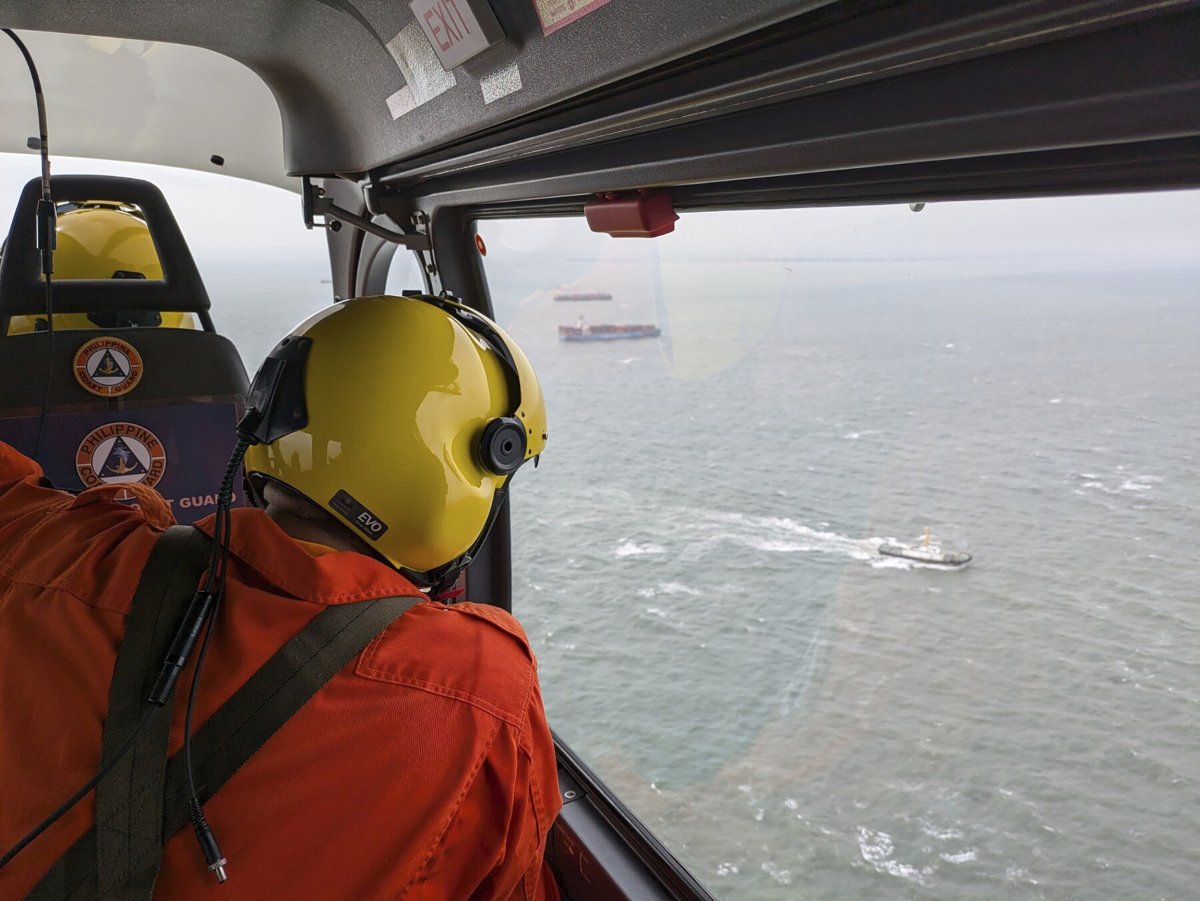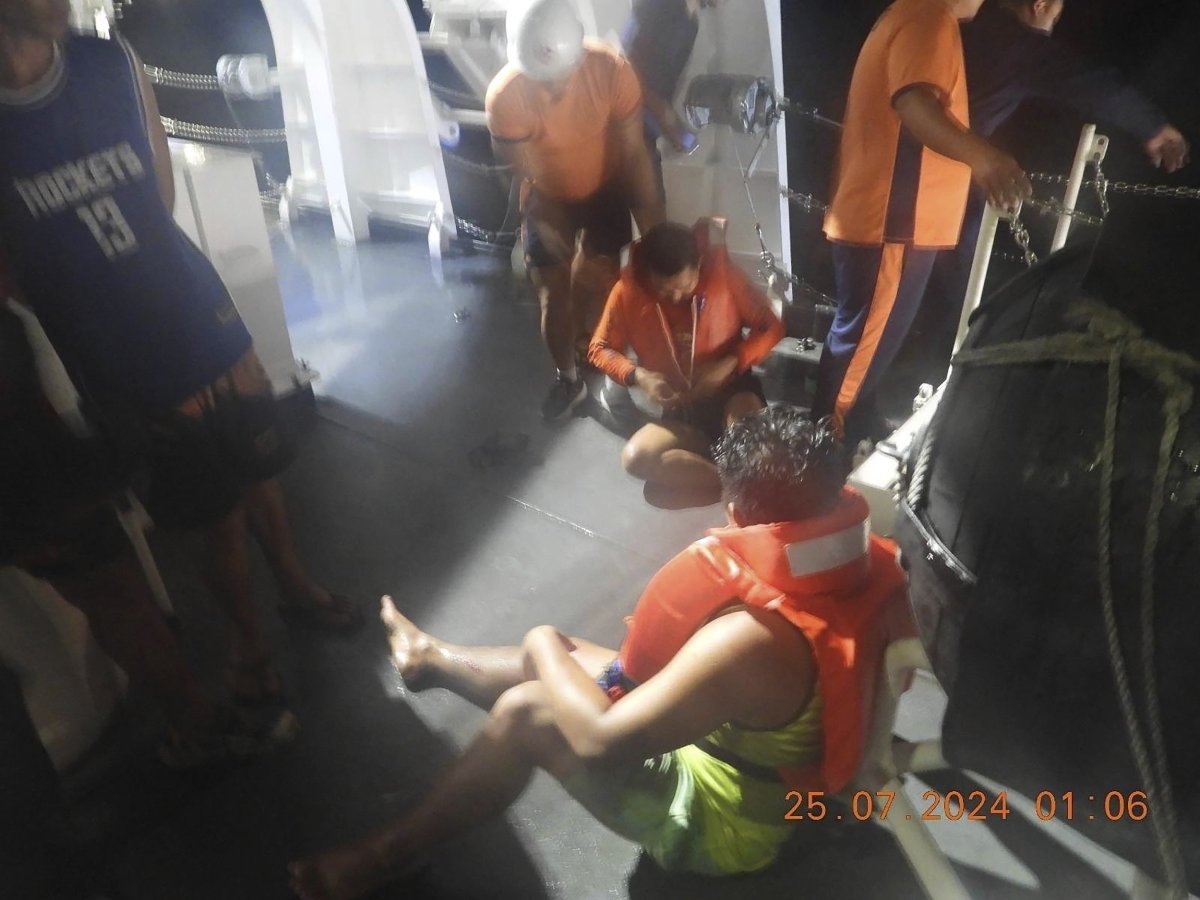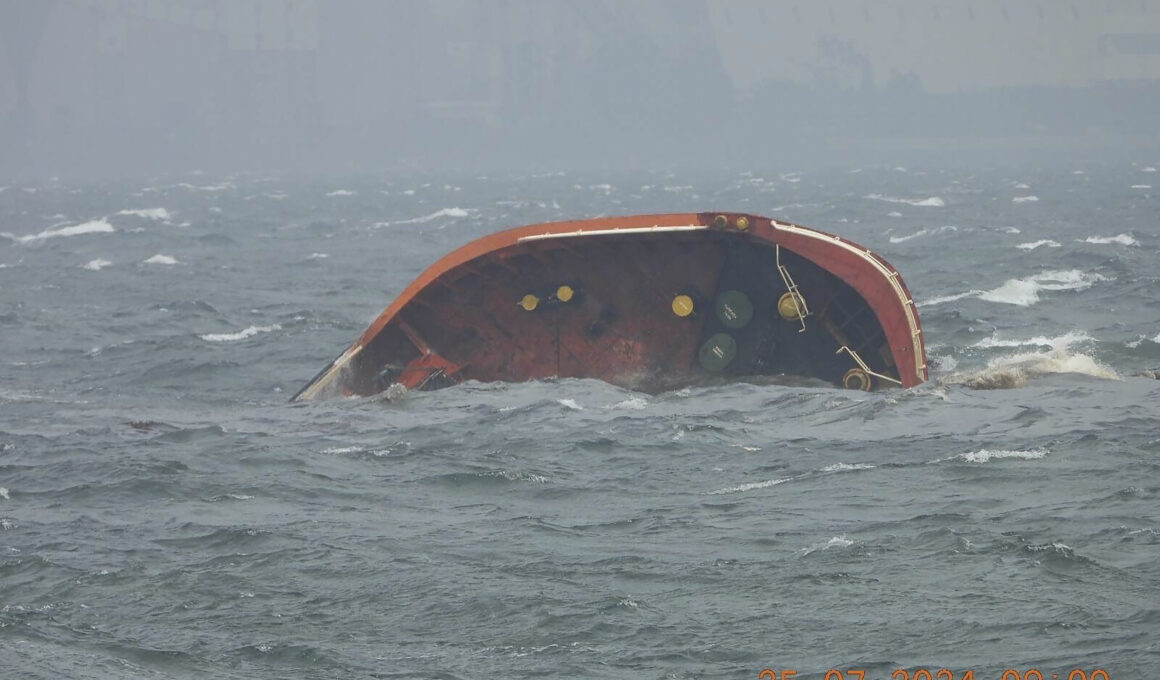A Philippine oil tanker sank early Thursday in Manila Bay after being hit by huge waves, leading to fears of a major oil spill.
The Coast Guard rescued 16 of the 17 crew members in a nighttime operation.
The tanker, Terra Nova, which departed from Bataan province bound for Iloilo, was carrying approximately 1.4 million liters (370,000 gallons) of industrial fuel oil in watertight tanks when it encountered treacherous conditions.
The crew’s attempts to navigate back to port were unsuccessful, leading to the vessel’s sinking shortly after midnight, Coast Guard spokesperson Rear Admiral Armando Balilo told The Associated Press.
The sinking of the tanker follows days of severe monsoon rains, compounded by a nearby typhoon, which have already caused landslides and flooding across the archipelago, resulting in at least 22 deaths and the displacement of over half a million people.
An aerial survey identified a 2.3 mile-long oil slick near the site of the sinking. However, initial reports suggest this could be from the tanker’s engine fuel rather than the larger cargo of industrial fuel oil, Balilo noted.
The Coast Guard vessel BRP Melchora Aquino is currently in the area, conducting a search for the missing crew member and evaluating the risk of an oil spill. Balilo expressed concerns about the potential environmental disaster if the oil were to leak into Manila Bay, which could severely impact Manila’s shorelines.

“There’s a significant risk to Manila’s shores if the fuel leaks, considering the incident occurred within Manila Bay. We are preparing for this contingency,” Balilo warned. “The environmental repercussions could be severe.”
The oil tanker is reported to have sunk to a depth of 111 feet. Balilo suggested that the oil cargo might be siphoned off in a delicate operation that could take up to a week, aiming to prevent widespread environmental, social, economic, and political impacts.
Comparisons were drawn to a previous oil spill from a smaller tanker that sank in February last year off Oriental Mindoro province. That incident required three months to contain, wreaking havoc on coral reefs, mangroves, and affecting tens of thousands of fishermen and beach resorts across six provinces.

Manila Bay’s coastline, a bustling hub for tourism and business, is at risk. The area houses major landmarks such as the main seaport, historic public parks, the U.S. Embassy, and upscale hotels. The bay, known for its stunning sunsets despite its pollution issues, is also the site of ongoing land reclamation projects aimed at developing entertainment and tourism complexes, including casinos.
Previously, the United States and Japan assisted the Philippines with cleanup and rehabilitation efforts following major oil spills. Their support might be crucial once again in addressing this looming environmental crisis.
Uncommon Knowledge
Newsweek is committed to challenging conventional wisdom and finding connections in the search for common ground.
Newsweek is committed to challenging conventional wisdom and finding connections in the search for common ground.






